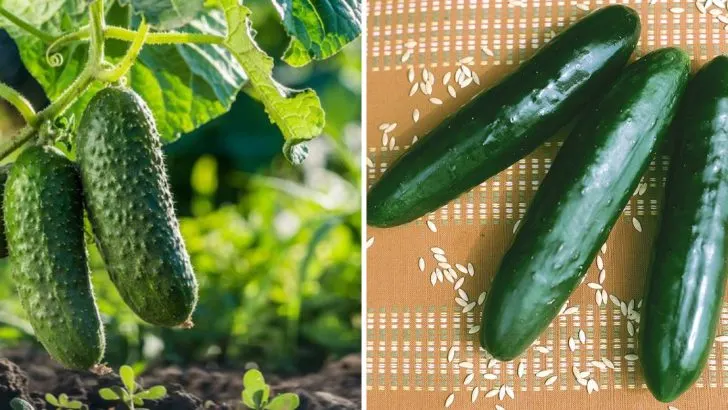Cucumbers seem like they should be one of the easier things to grow—just plant, water, and wait, right? But anyone who’s ended up with bitter fruit, wilting vines, or no cucumbers at all knows it’s not always that simple. A few small missteps early on can throw off your whole harvest before you even realize what’s going wrong.
The tricky part is that cucumbers are picky in their own way. They like specific conditions, and they’re quick to protest if things aren’t just right. From overcrowding to watering habits to choosing the wrong spot in your garden, these common mistakes can sneak up on you. Here are 14 things to watch out for if you want healthy vines and a steady supply of crisp, homegrown cucumbers.
Overcrowding Plants
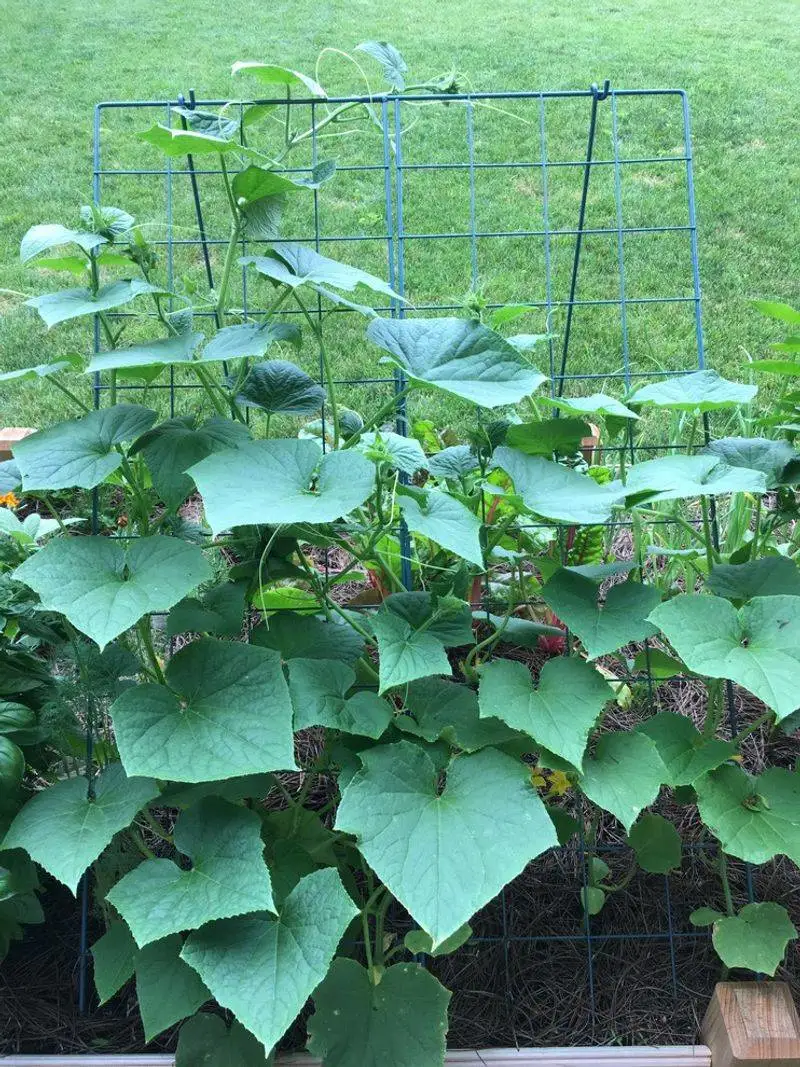
Crowding cucumber plants is a common mistake that hinders growth. Plants need ample space to spread their vines and access sunlight. Without proper spacing, they compete for nutrients, water, and air circulation. This can lead to diseases and stunted growth.
Consider using a trellis or staking the plants to allow them to climb. This not only saves space but also improves air flow. Proper spacing, typically 12 to 18 inches apart, ensures healthy development. Avoiding overcrowding helps the plants to flourish, resulting in a more abundant and healthier harvest.
Improper Watering Techniques
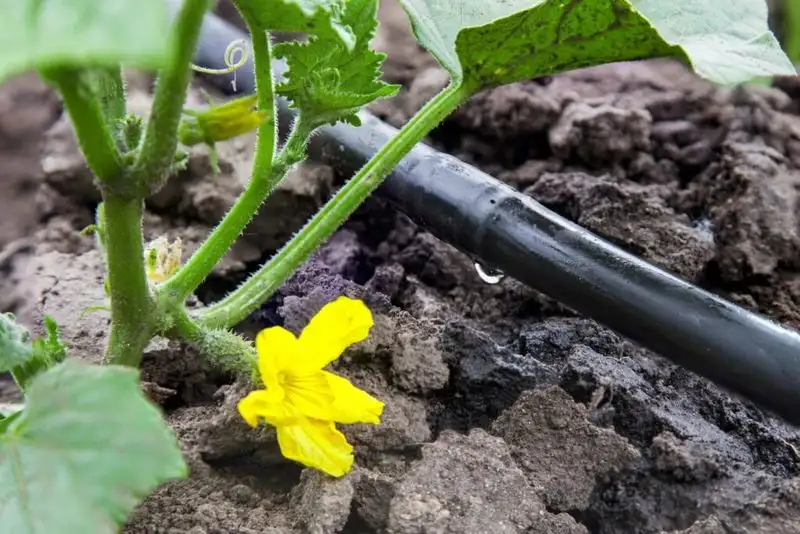
Watering cucumbers incorrectly can lead to detrimental effects. Both overwatering and underwatering can cause issues. Cucumbers enjoy consistent moisture, but excessive water can drown roots, while too little can lead to bitterness.
Aim to water deeply but infrequently, allowing topsoil to dry slightly between sessions. Morning watering is preferable, minimizing evaporation and giving plants a fresh start for the day. Mulching also helps retain moisture. These practices keep plants hydrated without stressing them.
Proper watering techniques ensure juicy, tasty cucumbers and prevent unnecessary plant stress.
Ignoring Soil Quality
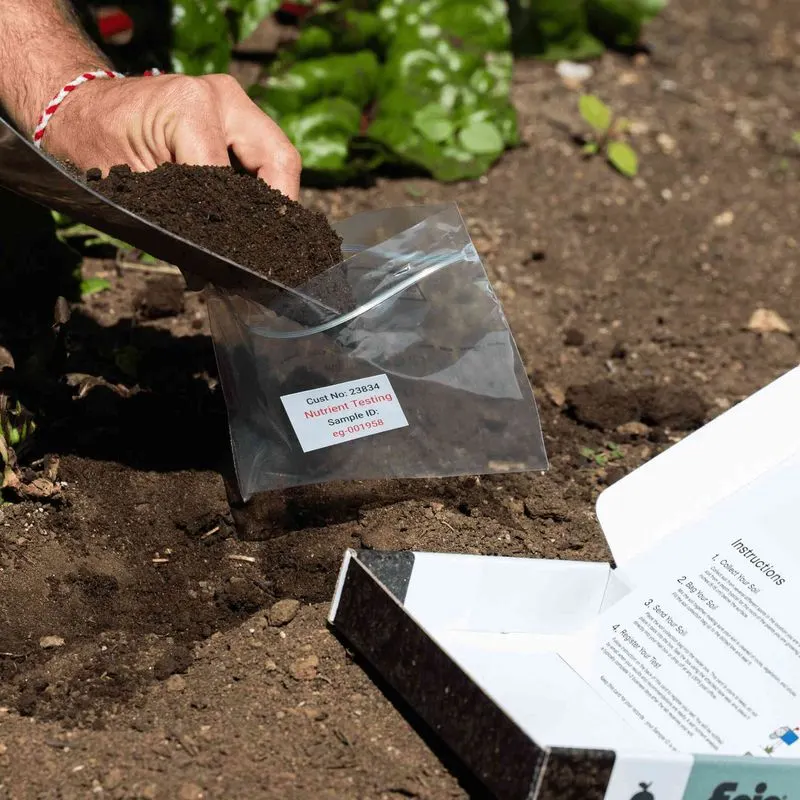
Soil quality plays a crucial role in cucumber plant health. Ignoring it can lead to nutrient deficiencies and poor growth. Rich, well-draining soil with a pH of 6.0 to 7.0 is ideal.
Conduct a soil test before planting to understand nutrient levels. Amend the soil with compost or organic matter to enhance fertility. Avoid heavy clay soils that retain water, as cucumbers dislike soggy conditions. Regularly checking soil conditions and adjusting as needed keeps plants vigorous.
Healthy soil is the foundation for a thriving cucumber garden and prevents unforeseen planting issues.
Planting at the Wrong Time
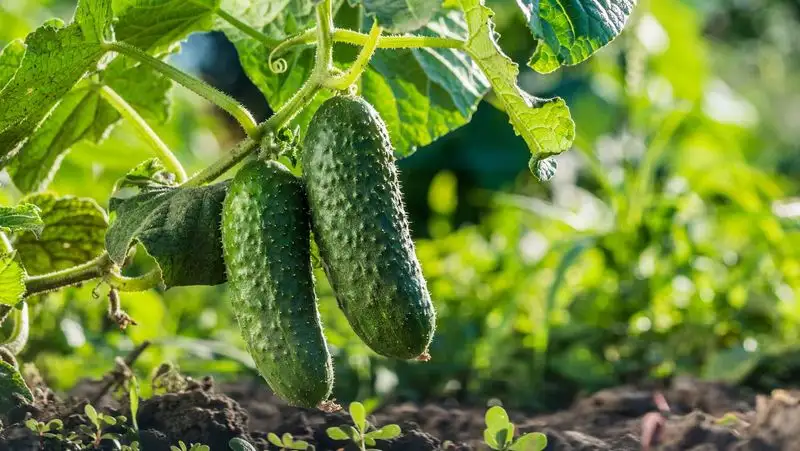
The timing of planting cucumbers is pivotal. Plant too early, and frost can kill seedlings; plant too late, and the heat may stress young plants. Cucumbers prefer warm soil and air temperatures.
In most regions, planting after the last frost date is advisable. Use soil thermometers to ensure temperatures consistently stay above 65°F.
Following local planting calendars can also guide timing. By planting at the right time, you give cucumbers the best start, ensuring robust plants and a plentiful harvest. Timing is everything when nurturing these tender vegetables.
Lack of Pollination Awareness
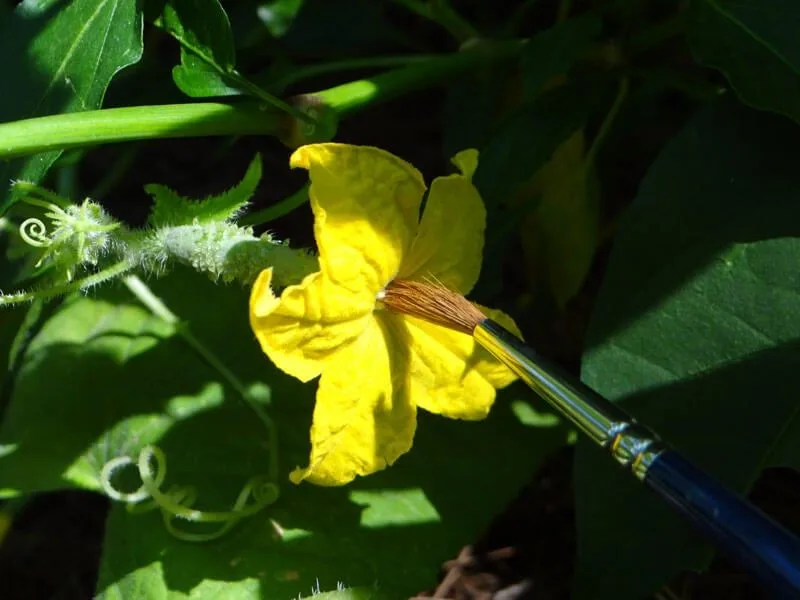
Pollination is vital for cucumber fruit development. Without proper pollination, flowers may drop off, resulting in no fruit. Cucumbers are typically pollinated by bees and other insects.
To encourage pollinators, plant flowers nearby and avoid pesticides that can deter them. Hand-pollination is an option if pollinator activity is low, using a small brush to transfer pollen between flowers.
Awareness of pollination needs ensures flowers set fruit, maximizing yield. Supporting natural pollination processes directly impacts the success of your cucumber crop.
Over-Fertilizing

Fertilizing cucumbers excessively can cause more harm than good. Over-fertilization leads to lush foliage but may hinder fruit production. Too much nitrogen, in particular, promotes leafy growth at the expense of cucumbers.
Follow recommended fertilizer guidelines, focusing on balanced or low-nitrogen formulas. Apply fertilizers judiciously, usually once when planting and then sparingly during the growing season.
Less can sometimes be more when it comes to fertilizing. Abiding by a well-planned fertilization schedule helps balance plant growth and fruit production, ensuring a successful harvest.
Neglecting Pest Control

Pests can wreak havoc on cucumber plants if not managed correctly. Common pests include aphids, cucumber beetles, and spider mites. These nuisances can damage leaves, stunt growth, and even transmit diseases.
Implementing regular monitoring and integrated pest management strategies is key. Use organic pesticides or natural predators to keep pest populations in check. Physical barriers, like row covers, can also provide protection.
By staying vigilant and proactive, you can prevent pests from ruining your cucumber harvest and keep plants healthy and productive.
Not Rotating Crops
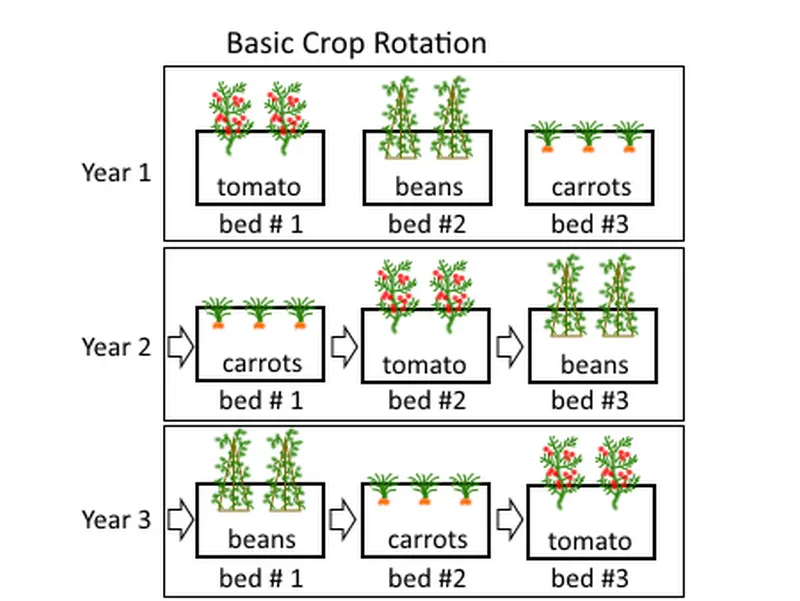
Crop rotation is an essential practice often overlooked by gardeners. Growing cucumbers in the same soil year after year can lead to soil-borne diseases and nutrient depletion.
Rotate cucumbers with other, non-related crops, such as legumes or leafy greens, to break pest and disease cycles. This practice replenishes soil nutrients and maintains a healthy garden ecosystem.
A simple rotation plan prevents the buildup of harmful pathogens and ensures cucumbers have access to the nutrients they need each season. Maintaining diverse plantings supports a sustainable gardening routine.
Ignoring Trellis Support
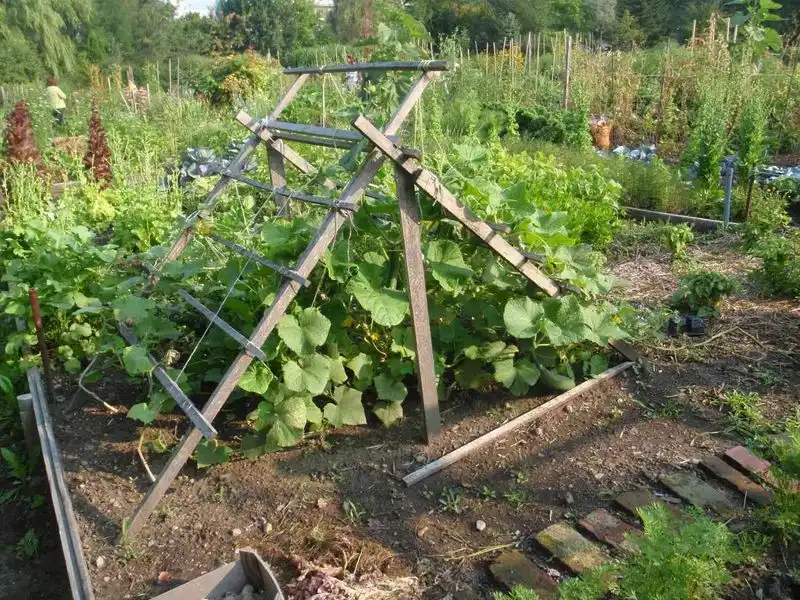
Ignoring the benefits of a trellis can lead to sprawling cucumber plants and reduced yield. Trellising supports vertical growth, which enhances air circulation and sun exposure.
Using a trellis keeps plants off the ground, reducing the risk of pests and diseases. It also simplifies harvesting by making cucumbers more accessible.
Construct a sturdy trellis structure before planting, allowing vines to climb naturally. With proper support, cucumbers flourish, and your garden space is used efficiently, optimizing overall growth and production.
Incorrect Pruning

Pruning cucumber plants incorrectly can stunt growth or reduce fruiting potential. While pruning isn’t always necessary, strategic removal of leaves and stems can benefit plant health.
Remove dead or diseased foliage to improve air circulation and light penetration. Avoid excessive pruning, which may shock plants and impede growth. Focus on thinning crowded areas to enable better access to essential nutrients.
Correct pruning practices enhance plant vigor and fruit production, leading to healthier plants and a more productive harvest.
Failing to Mulch

Neglecting to mulch cucumber plants can affect soil moisture and temperature. Mulch acts as an insulator, helping retain moisture and keeping roots cool.
Use organic mulch materials, like straw or wood chips, to cover soil around plants. This reduces evaporation and regulates temperature fluctuations. Mulching also suppresses weeds, minimizing competition for resources.
By mulching, you create a stable growing environment that supports cucumber health and productivity. It’s an easy step that yields significant benefits for your garden.
Planting in the Shade

Cucumbers thrive in full sunlight, and planting them in the shade can severely restrict their growth. Shaded conditions often lead to weak, spindly plants with sparse fruit.
Select a garden spot that receives at least six to eight hours of direct sunlight daily. Consider the movement of the sun and potential shading from nearby structures or plants.
Ensuring cucumbers get adequate sunlight is vital for vigorous growth and abundant fruiting. Sunlight fuels photosynthesis, the driving force behind healthy cucumber plants.
Using Poor Quality Seeds
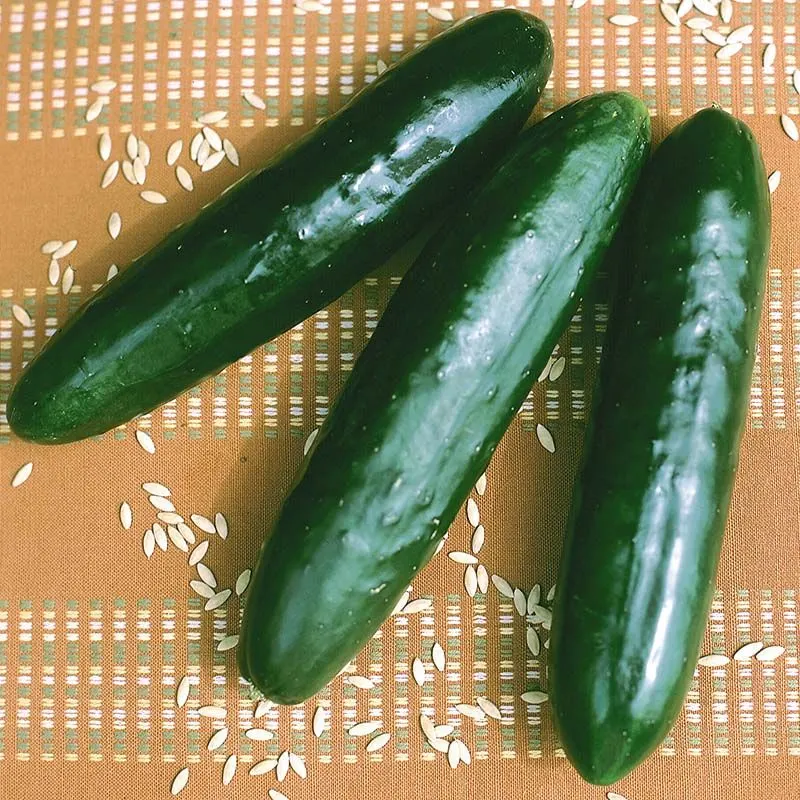
Choosing poor quality seeds can be the first misstep in cucumber planting. Inferior seeds may have low germination rates or produce weak plants.
Opt for seeds from reputable sources, ideally organic or heirloom varieties known for their vigor and resistance to diseases. Store seeds properly in cool, dark places until planting to preserve viability.
Starting with quality seeds lays a strong foundation for your cucumber garden, ensuring robust plants and dependable yields. Investing in good seeds pays off with a healthier, more productive harvest.
Disregarding Companion Planting
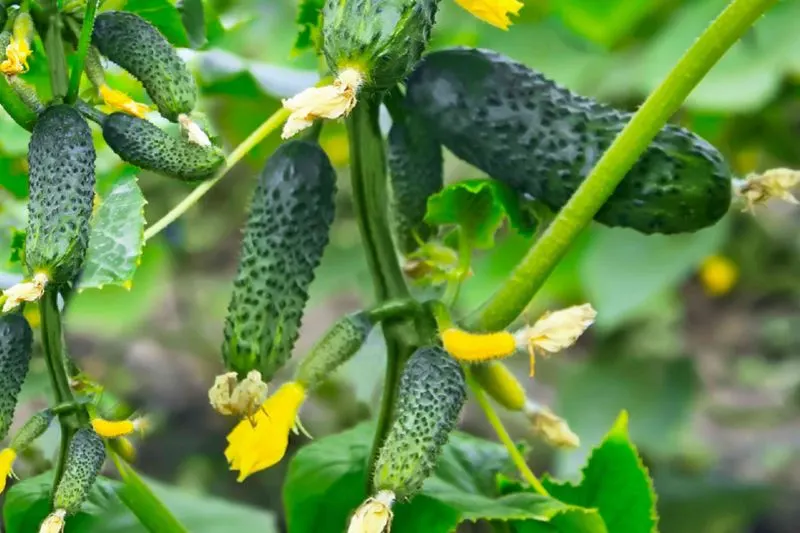
Companion planting offers benefits that are often overlooked. Certain plants, like beans and marigolds, enhance cucumber growth by repelling pests and enriching the soil.
Planting companions can optimize garden space and improve growing conditions naturally. Avoid planting near competing plants, such as potatoes, which adversely affect cucumbers.
Strategic companion planting creates a symbiotic environment, promoting healthier growth and deterring common garden pests. Incorporating this practice into your gardening routine can lead to a more robust cucumber harvest.

